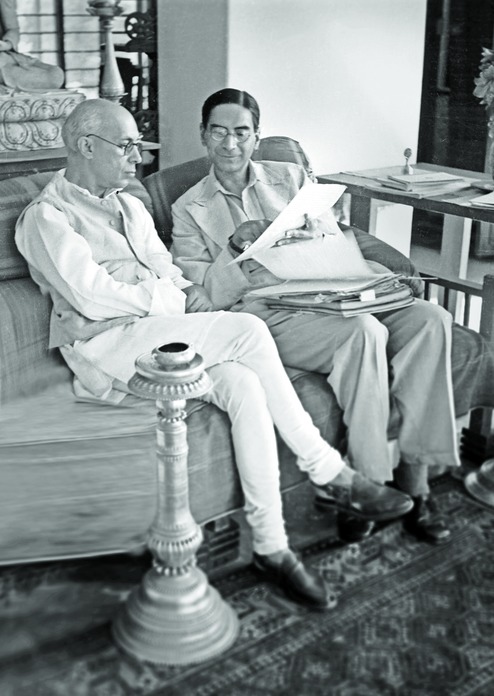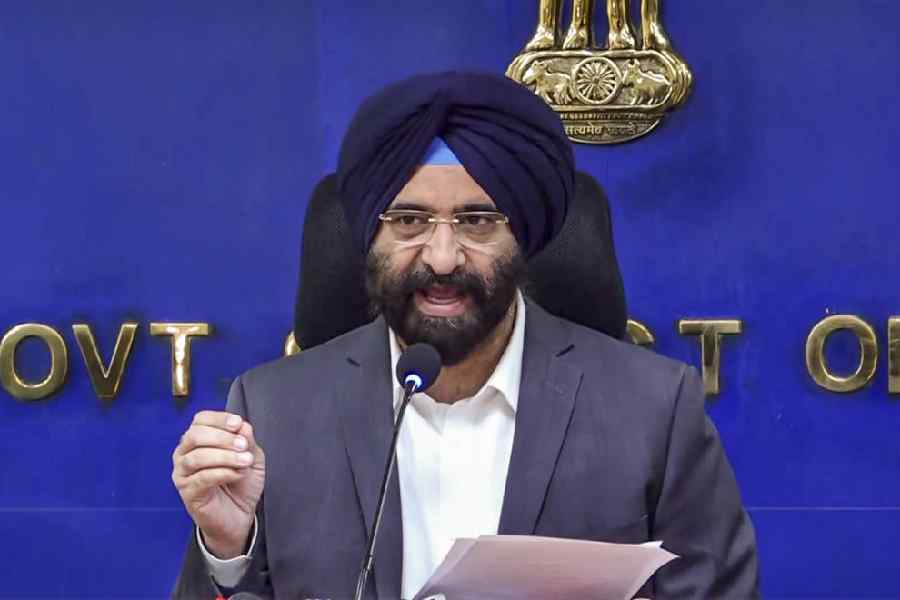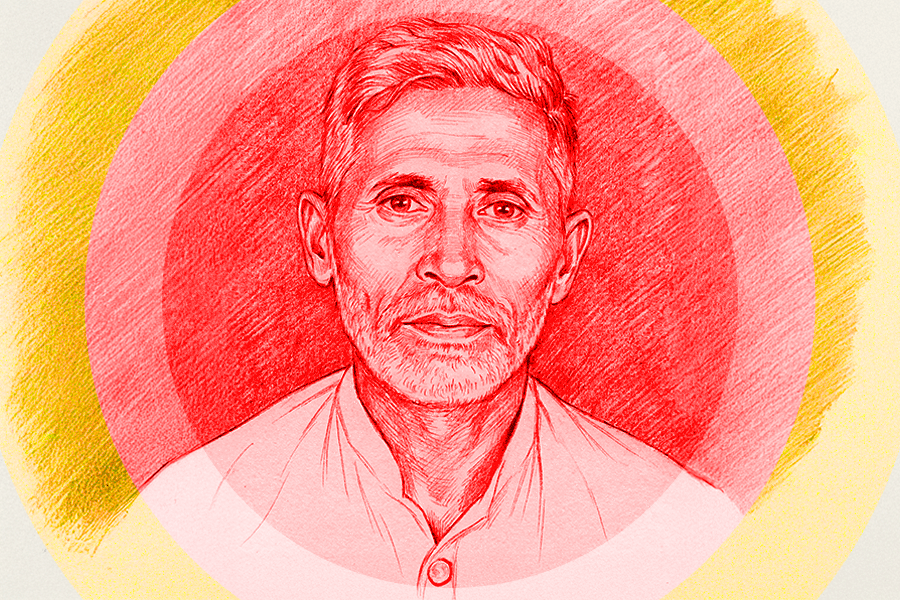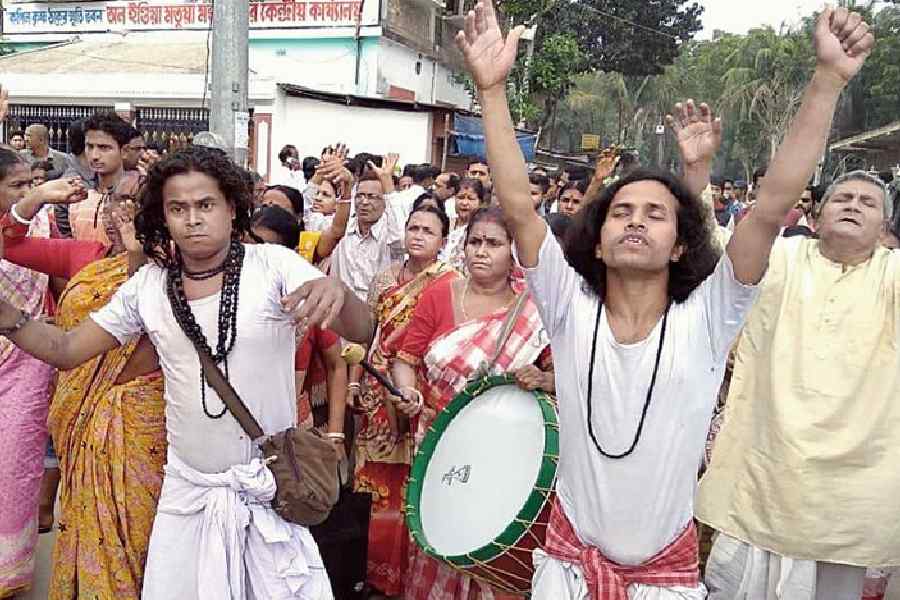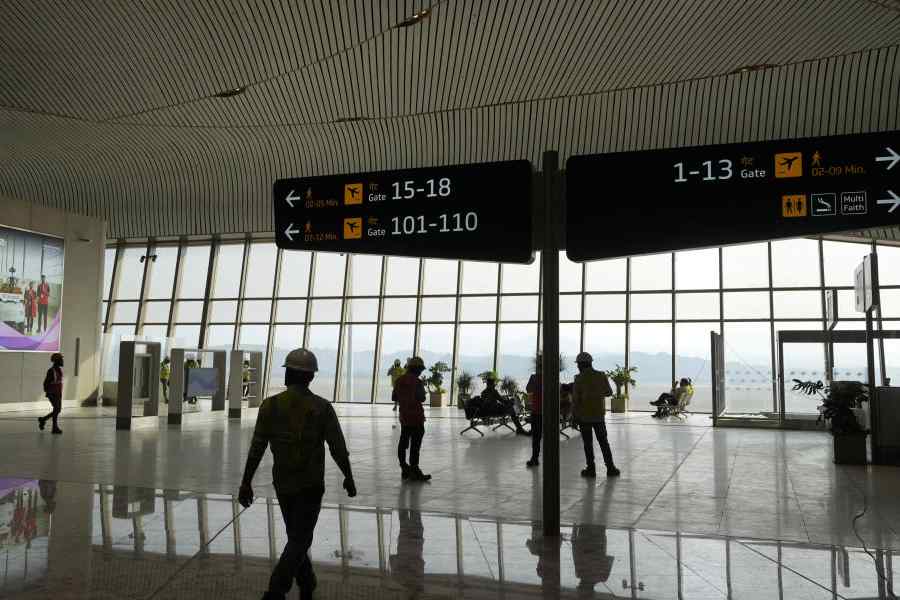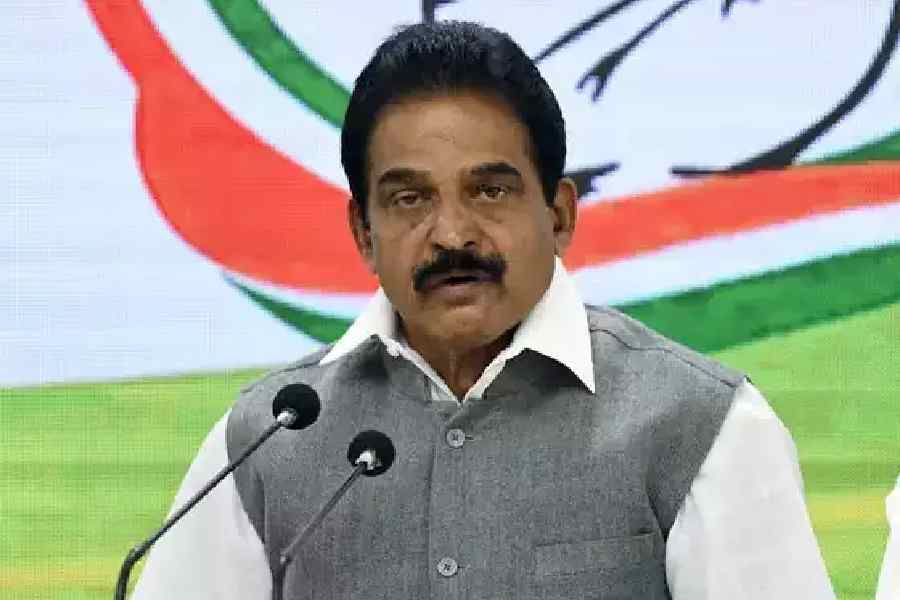
He introduced statistical science in India. P.C. Mahalanobis considered it a key technology for the advancement of science and national development.
Mahalanobis graduated in 1912 from Presidency College in Calcutta, with honours in Physics. The following year, he went to study in King's College in Cambridge. After completing the Tripos [examinations], he returned to Calcutta on a short vacation in 1915. He had planned to return to Cambridge to do his doctorate in Physics but World War I intervened. A lack of British teachers led to Mahalanobis being asked to teach Physics at Presidency College. He never went back to Cambridge.
During his long voyage to India, Mahalanobis read a set of volumes of the statistical journal Biometrika, which was established in 1901. This was his - completely informal - introduction to Statistics. Later, in 1931, he was to found the Indian Statistical Institute (ISI). It is a matter of great pride that the ISI was adopted as a model for the first Institute of Statistics that was set up in the US by Gertrude Cox in 1944.
We must salute Prasanta Chandra for many reasons. He pioneered the development of many statistical methods. His name is associated with a statistical measure of distance - Mahalanobis' D-square - between two groups of objects. The measure is used in many science and industry domains. The great statistician's interest in measuring group distance was sparked by a lecture delivered at the Universal Races Congress in London in 1911 by Acharya Brajendra Nath Seal.
Mahalanobis undertook a large-scale survey among tribal, caste and religious groups living in Bengal. He attempted to draw inferences on the social history of Bengal using body measurements and statistical methods. "If we assume that physical resemblance is the result of actual intermixture, ... then we may give a coherent interpretation to our results and thus obtain a broad view of the general tendency of social history of Bengal," says a 1945 paper published in Sankhya: The Indian Journal of Statistics that he co-authored.
An important contribution of the survey is the demonstration that "sometimes there is closer resemblance between caste groups within a district than between individuals of the same caste group belonging to different districts," indicating that geographical proximity may be a stronger determinant of who marries whom than social proximity. "This shows that a term like 'Brahmins of Bengal' has to be used with some caution," the paper continues. Thus, Mahalanobis pioneered population history studies in India using biological data. With advancement in genetics, this has become a vibrant research domain.
Mahalanobis contributed immensely to human welfare and national development too. During the monsoons, floods were common in eastern India. Mahalanobis undertook systematic statistical studies on rainfall and floods in Odisha and Bengal, which led to the construction of the Hirakud Dam in Odisha and the Durgapur Barrage in West Bengal for flood-control.
One of his greatest contributions is recognising that systematic collection and analysis of data were critical for national development. During 1937-1944, he developed methodologies for large-scale sample surveys for objective and representative collection of national-scale data. Randomisation in selecting units for data collection was the key. These methods are still in use.
He also introduced pilot surveys, the forerunner of a deep statistical method called Sequential Analysis developed ten years later by US mathematician Abraham Wald. He also raised the philosophical question of "what is randomness" that intrigues philosophers even today.
Under his direction, ISI undertook many agricultural and socio-economic surveys that resulted in the Indian Government's recognition of the importance of sample surveys as a tool for expeditious, economical and efficient formulation of planning and policy. The National Sample Survey Organisation (NSSO) was born out of these efforts.
The NSSO is now the driver of systematic nationwide data collection required for national developmental efforts. On his advice, the Government of India created the Central Statistical Organisation. Thus, Mahalanobis established the national statistical system in India.
Mahalanobis was the architect of India's Second Five-Year Plan. He had radical views on planning for national development; more radical than members of the Planning Commission or even finance ministers.
Prime Minister Jawaharlal Nehru asked him to draft the second plan and he, although no economist, proposed a sectoral model of the Indian economy and made innovative use of statistical and optimisation methods to set targets for the plan period. He recommended that large investments be made in heavy industries, but not as much in agriculture. The plan shocked and rocked, but Nehru implemented it.
Mahalanobis was, above all, a great applied statistician. He believed that statistics should be used to better understand scientific data and take decisions for the welfare of society. To quote American preacher and poet Edwin Chapin, "Not armies, not nations, have advanced the race; but here and there, in the course of ages, an individual has stood up and cast his shadow over the world." Mahalanobis was such an individual.
The writer is founder of the National Institute of Biomedical Genomics in Kalyani

